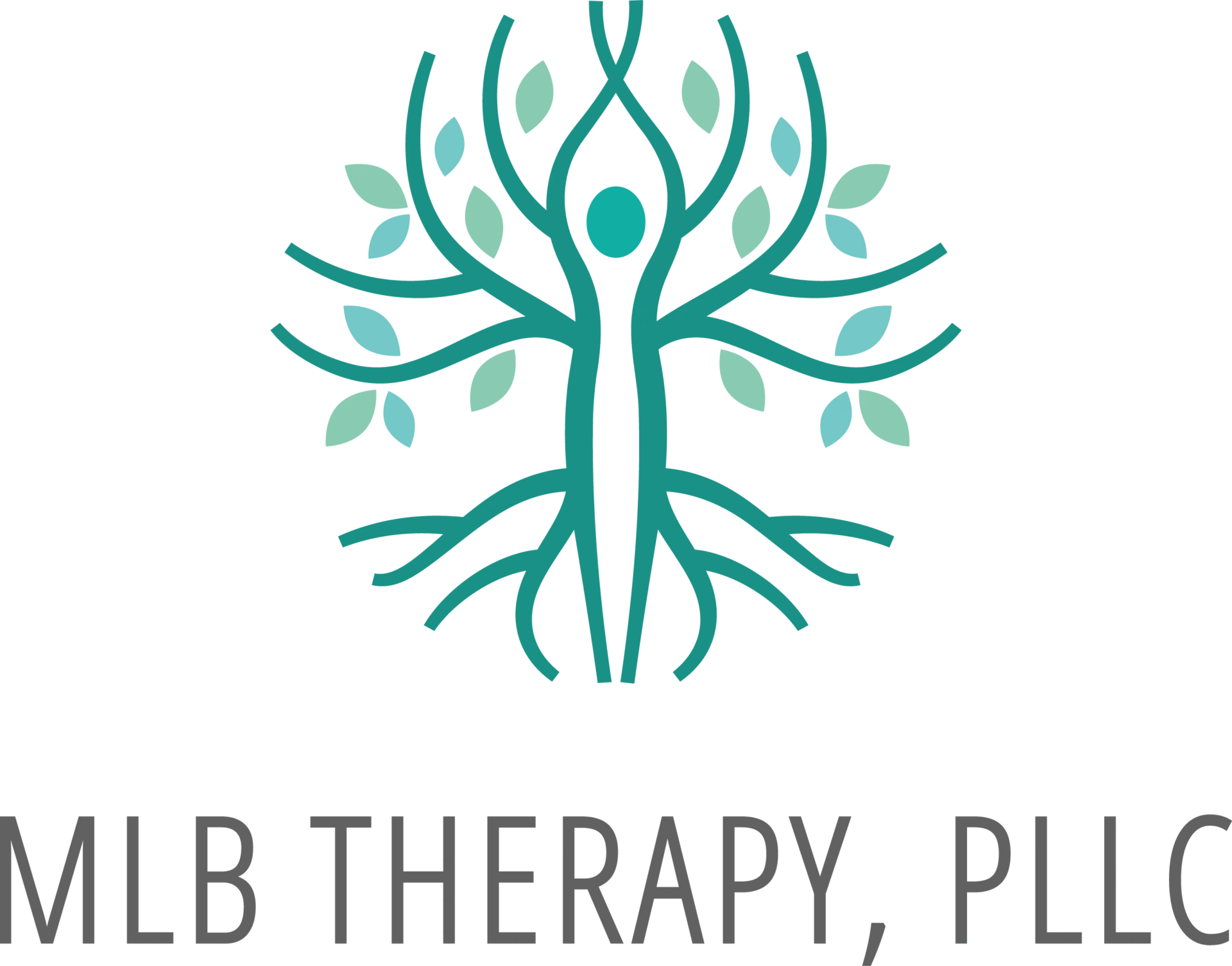Why You Shouldn’t Settle for Drugs as the Only Solution for ADHD
In our high-tech/low-attention-span culture, it’s understandable that something called Attention-Deficit Hyperactivity Disorder (ADHD) is viewed as a punchline.
However, as millions of people—many of them children—can explain, there’s nothing funny about a brain disorder that interferes with development and functioning. ADHD isn’t benign or rare.
It’s not surprising, though, that the rise in cases of ADHD has caused a pharmaceutical cottage industry to emerged. They address this condition with stimulants, non-stimulants, and more.
But medication is no cure-all solution for ADHD.
Alternatives to Medication
As an alternative approach, Dr. Rabiner, Ph.D., Research Professor at Duke University, suggests behavioral therapy.
The goal of this therapy, he explains, is to “increase the frequency of desirable behaviors by increasing children’s interest in pleasing their parents and by providing positive consequences when the children behave.”
To begin using this drug-free solution for ADHD, he suggests these general guidelines:
- Communication: The first step is to make sure your child clearly understands what is expected of them. It’s also helpful to involve them in choosing what types of rewards they can earn.
- Expectations: Have reasonable expectations and don’t tackle too many behaviors at the same time. Create a program that will result in an early success and will generate positive momentum.
- Parents’ roles: Give social rewards like positive feedback and tangible rewards, and stay patient and consistent.
For another non-drug solution for ADHD, along with behavioral therapy, sensory integration (SI) has proven invaluable. SI, simply put, is how our brain organizes the amazing amount of sensory input it handles.
If this input is not used efficiently, what happens? What if the stimulus load begins to overwhelm us? That’s when symptoms of “sensory defensiveness” like an inability to self-calm, a general feeling of disorientation, and a sensitivity to movement, sounds, touch, and sights may arise.
A qualified therapist can provide tools to soothe this defensiveness and help ease some of the symptoms of ADHD.
Other Critical Drug-Free Factors
Outdoor time or “green” play
It’s a troubling sign of the times when pediatricians are treating more and more children with repetitive-stress injuries. Children are spending less time climbing trees and playing sports outdoors and more time hunched over computers and cell phones indoors.
Richard Louv, the author of Last Child in the Woods, calls this phenomenon “nature deficit disorder” (or NDD). This may not be a medical term, but when a recent study found that children spend less time outdoors than prisoners do, it’s obvious we need to reverse this trend!
Quiet time
For children with ADHD, quiet time means turning off—their gadgets, their music, their TV, their mind chatter. Yoga classes specifically designed for children can be a very helpful solution for ADHD.
Sleep
Bedtime is usually a stressful time in the home of a child with ADHD. Getting your child to bed and asleep is a major chunk of the issue, but it doesn’t end there.
From nightmares to difficulty waking up, sleep-related problems are common and can impact the entire family. It’s not surprising that researchers have suggested a need for sleep interventions for those diagnosed with ADHD.
Diet
Studies have found connections between ADHD and eating habits but more research needs to be done. For such a complicated issue, it’s essential that you get an individual evaluation for your child from a qualified professional.
—
As you can see, there is more than one drug-free solution for ADHD to explore. Medication is not the only choice for treatment for your child. To explore the aforementioned and other options, contact a therapist who specializes in ADHD. Together, you can find the best options and help your child thrive.
To learn more about child counseling click here.
To learn more about teen counseling click here.
To learn more about parenting skills counseling click here.
—
Every image is used for illustrative purposes only. Any person shown is strictly a model.
